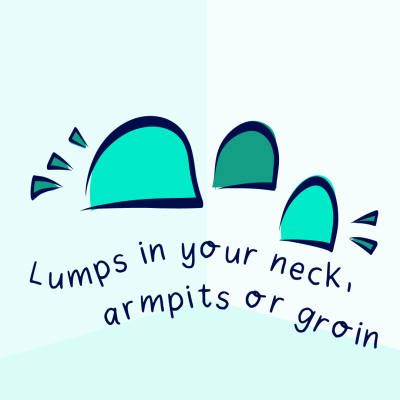Non-Hodgkin lymphoma
Find out about non-Hodgkin lymphoma symptoms, how it’s diagnosed and how it’s treated.
- Non-Hodgkin lymphoma is caused by white blood cells in your body not working properly, allowing tumours to grow around glands and other parts of the lymphatic system
- The most common symptom is a painless lump in your neck, armpits or groin
- It is diagnosed through a biopsy
- Chemotherapy is the most common treatment, with radiotherapy sometimes being offered too.
What is non-Hodgkin lymphoma?
Lymphomas are types of blood cancers that start in the lymphatic system – a network of glands and thin tubes that run through your body.
Lymphomas are among the most common cancers in 13-24 year-olds, although non-Hodgkin lymphoma is less common than Hodgkin lymphoma.
If you have non-Hodgkin lymphoma, certain types of white blood cells in your lymphatic system stop working properly. These are different from the types of white blood cells that are affected in Hodgkin lymphoma.
The cells multiply and collect around glands and other parts of the lymphatic system, causing tumours to grow.
What are the symptoms of Non-Hodgkin lymphoma?
The most common symptom of non-Hodgkin lymphoma is a painless lump in your neck, armpits or groin.
Other non-Hodgkin lymphoma symptoms could include:

Sweating at night
Having these symptoms doesn’t necessarily mean you have cancer. They can be caused by other issues which are also good to get checked out.
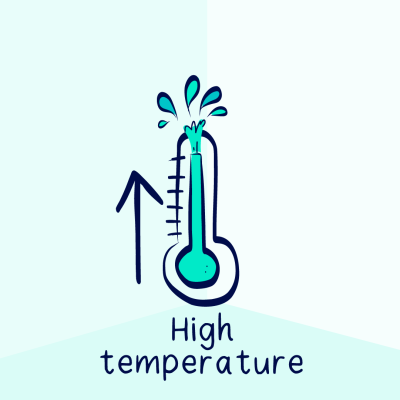
A high temperature
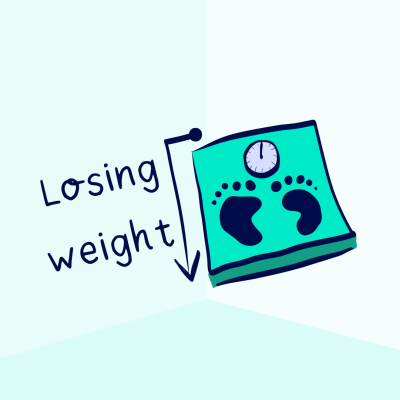
Losing weight
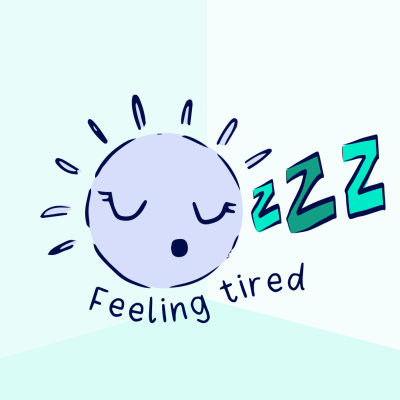
Feeling tired a lot of the time

feeling itchy a lot of the time
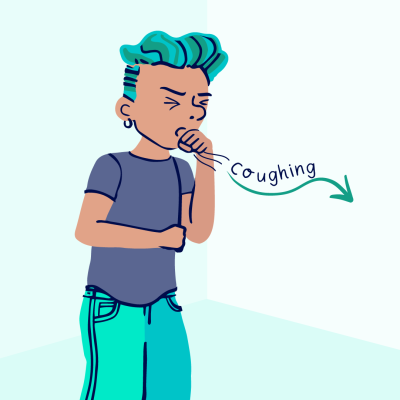
Coughing
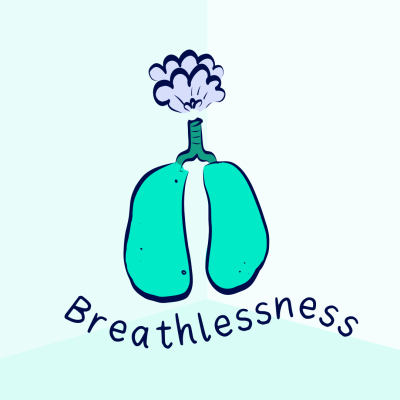
Breathlessness
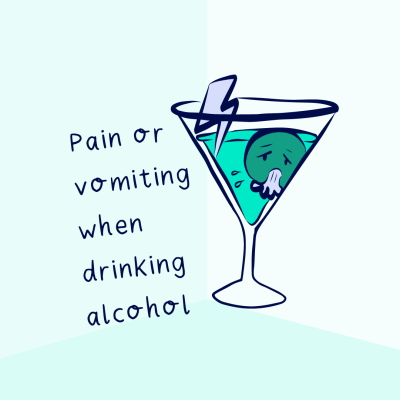
Pain or vomiting when you drink alcohol
How is non-Hodgkin lymphoma diagnosed?
The only way to diagnose non-Hodgkin lymphoma is by doing a biopsy. This involves giving you a local anaesthetic (where the area is made numb), taking cells from the tumour using a needle using an ultrasound scan as a guide, and examining the cells under a microscope for signs of cancer.
You can find out more about biopsies in our Getting diagnosed section.
How do you treat Non-Hodgkin-lymphoma?
The exact treatment you’ll be given depends on the type of non-Hodgkin lymphoma you have, and what stage it’s at.
Chemotherapy is the most common treatment, sometimes combined with radiotherapy.

